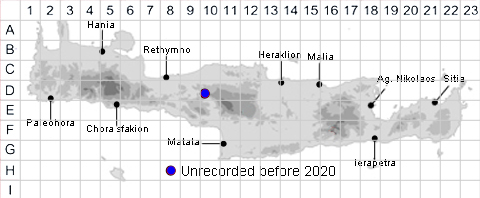
SPECIES DESCRIPTION
ONOBRYCHIS VICIIFOLIA
Family and Genus:- See- LEGUMINOSAE/Sect. ONOBRYCHIS
Common Names:- Common sainfoin
Homotypic Synonyms:- Hedysarum collinum, Hedysarum onobrychis,
Onobrychis onobrychis, Onobrychis sativa.
Meaning:- Onobrychis (Gr) Ass-bray (a name used by the Greek physician
Dioscorides for a legume eaten by asses).
Viciifolia (L) Vetch-leaved.
General description:- Subglabrous to pubescent perennial.
Stems:-
1) 10-80 cm.
Leaves:-
1) Leaflets, 6-14 pairs, 10-35 x 4-7 mm, ovate to oblong, rarely linear.
Flowers:-
1) Racemes, up to 9 cm in flower.
2) Calyx, 5-8 mm, pubescent, the teeth 2-3 times as long as the tube.
3) Corolla, (8-)10-14 mm, pink with purple veins.
Fruit:-
1) Legume, 5-8 mm, pubescent; sides toothed; margin usually with 6-8 teeth up to
1 mm.
Key features:-
1) Legume, 4-8 mm, the teeth on the margin not more than 2 mm
2) Calyx-teeth, with long ± patent hairs.
Habitat:- Dry and calcareous meadows and pastures, uncultivated, road edges, on
substrates rich in nutritive elements, from 0 to 2200 m.
Distribution:- A widespread Eurasian species widely planted as a fodder crop.
Range includes Britain, Europe, from France south and east to Spain, Siberia,
Caucasus and Iran. No records from the Aegean area, perhaps omissions rather
than non-existance. Unrecorded from Crete until April 2020 when a substantial area
was found by Christopher Cheiladakis near Amari, Psiloritis.
Flowering time:- May or earlier to August.
Photos by:- Christopher Cheiladakis
Comments:- Onobrychis viciifolia was an important forage legume in temperate
regions until the 1950s. During the Green Revolution it was replaced by high
yielding alfalfa and clover species.

